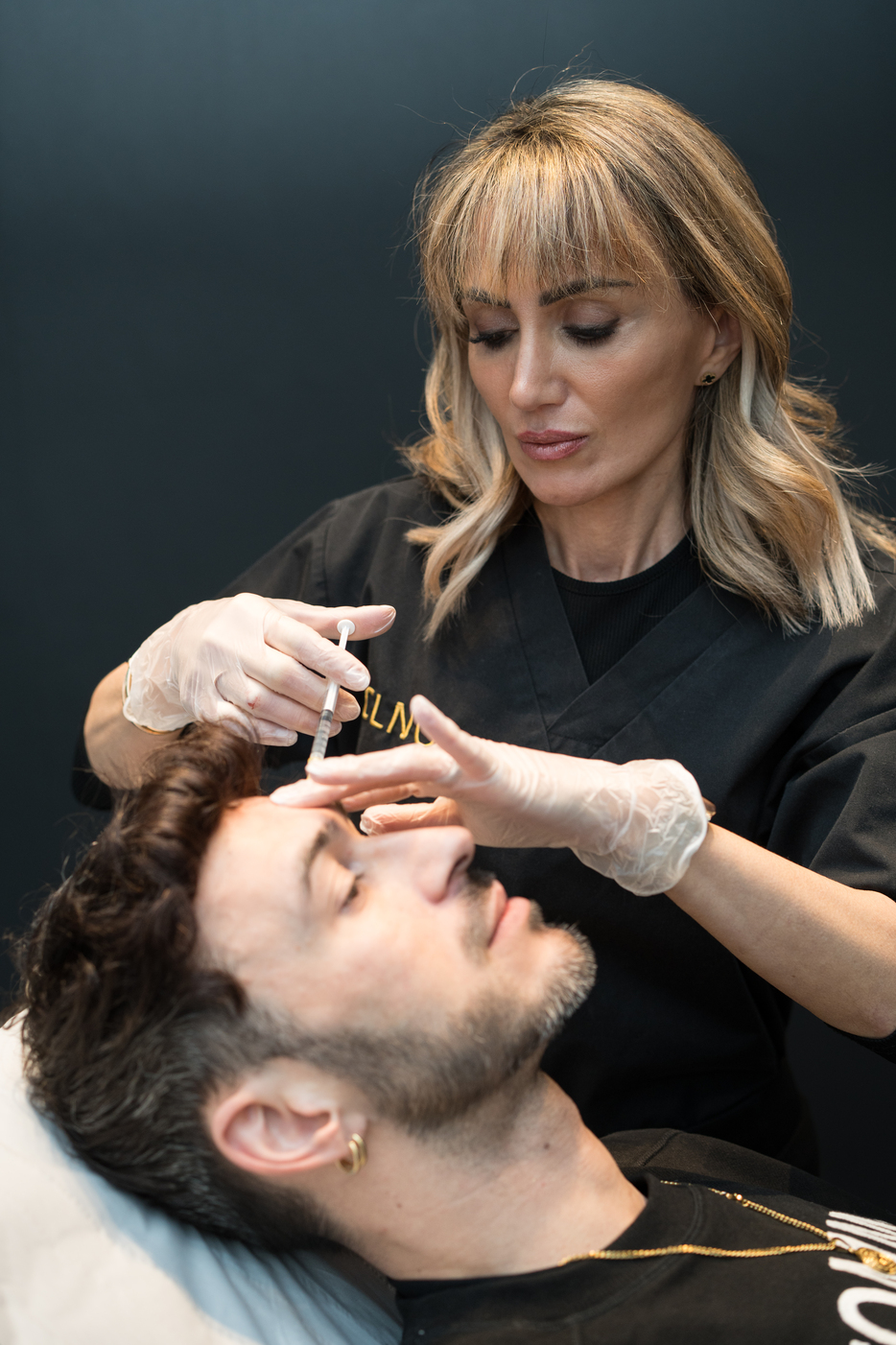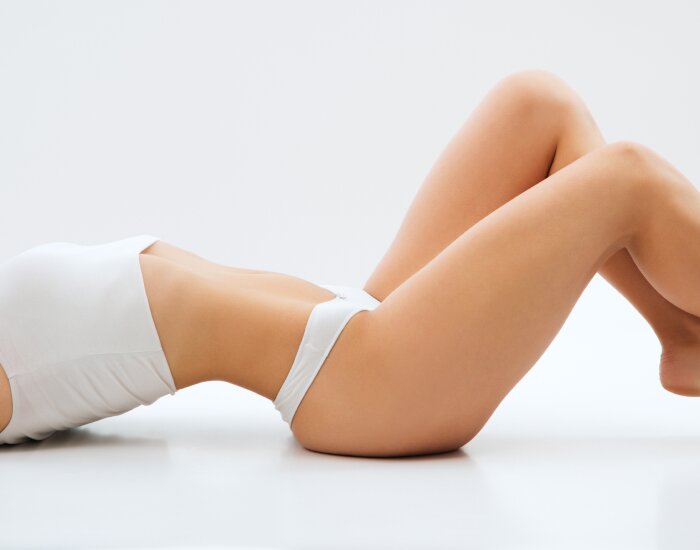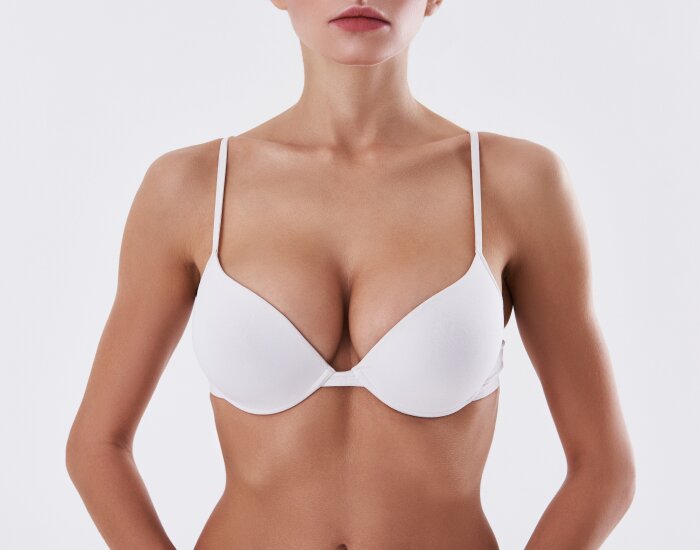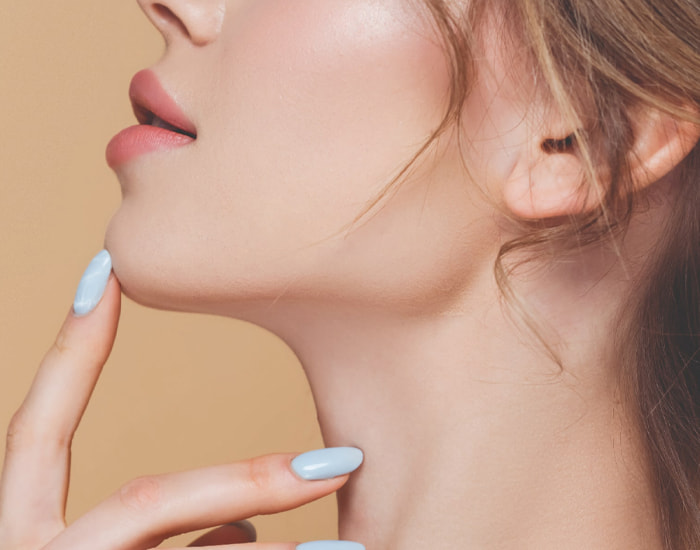One of the more common concerns patients express revolves around the appearance of their labia, particularly the differences in what is commonly referred to as innie vs outie vaginas. These terms refer specifically to the labia, the outermost folds of skin around the vaginal opening, and how they are presented. While both innie and outies vaginas are normal and vary widely among individuals, understanding these differences can help patients feel more informed about their bodies and alleviate concerns about normalcy or aesthetics. Mr Nassab, plastic surgeon at CLNQ Manchester and Cheshire, was featured in an iNews article discussing the rise of labiaplasty due to social media.
We explain the anatomical differences, reasons why someone may seek cosmetic procedures for their labia, and provide insights from real patient experiences to help guide those who are considering labiaplasty or simply curious about their anatomy.

What Is an Innie Vagina?
The term “innie” refers to a labial structure where the labia minora (the inner lips) are not visible or only slightly visible. In an innie vagina, the labia majora (the outer lips) typically cover the labia minora, giving a more “closed” appearance. This is sometimes described as a neater or more tucked-in look, though it’s important to emphasise that both innie and outie labial structures are perfectly natural.
Anatomy of an Innie Vagina
An innie vagina is characterised by:
• Labia Majora: The outer labial lips are more prominent and cover the labia minora.
• Labia Minora: The inner lips remain hidden or are barely visible.
• Vulva Appearance: The vulva (the external part of the female genitalia) may appear smoother, and the folds of skin are less pronounced.
Many people associate the “innie” appearance with youth or a more ideal aesthetic, though this is largely influenced by societal norms rather than medical significance. From a functional perspective, an innie vagina does not offer any particular advantage over an outie; it’s purely a matter of natural variation.
What Is an Outie Vagina?
The term “outie” is used when the labia minora protrude beyond the labia majora, making the inner lips more visible. This gives the vulva a more pronounced appearance, with the inner lips extending outward. Outies can vary greatly in terms of how much the labia minora extend, and in some cases, the labia majora may not cover the labia minora at all.
Anatomy of an Outie Vagina
An outie vagina is defined by:
• Labia Minora: The inner lips extend beyond the labia majora and are clearly visible.
• Labia Majora: These outer lips may be less prominent or provide less coverage of the labia minora.
• Vulva Appearance: The vulva may appear more open or pronounced, with more visible folds of skin.
Many women with an outie vagina may feel self-conscious due to societal or aesthetic pressures. However, it’s crucial to recognise that outies are just as normal as innies and are often simply a reflection of genetic variation.
Causes of Labial Variation
The shape and size of the labia can vary for a variety of reasons, including:
Genetics
Your genetic makeup plays a significant role in determining the shape and size of your labia. Like every other part of your body, your genital appearance is inherited from your parents and ancestors.
Hormonal Changes
Hormonal fluctuations, especially during puberty, pregnancy, and menopause, can influence the appearance of the labia. The increase in oestrogen during puberty can lead to the growth and elongation of the labia minora.
Ageing
As women age, the labia majora may lose some of their volume and elasticity due to a decrease in collagen and fat. This can make the labia minora more prominent, potentially turning an innie appearance into an outie over time.
Childbirth
Vaginal childbirth can alter the appearance of the labia, as the vaginal canal and surrounding tissues are stretched. Some women notice a change in the size or shape of their labia after giving birth.
Do These Differences Matter?
From a medical standpoint, there is no inherent advantage or disadvantage to having an innie or outie vagina. Both are perfectly healthy and functional. However, some women may experience discomfort or self-consciousness based on their labial structure. For example, women with more pronounced labia minora (outie) may experience chafing, irritation, or discomfort during physical activities such as cycling or wearing tight clothing.
While the differences in appearance may prompt some women to seek cosmetic surgery, it is important to note that the decision to undergo labiaplasty should be based on individual needs and not societal pressure.
When To Consider Labiaplasty?
Labiaplasty is a surgical procedure that can reduce the size or alter the shape of the labia minora or labia majora. Women may consider labiaplasty for the following reasons:
• Discomfort: If your labia cause discomfort during activities such as exercise, sex, or wearing tight clothing.
• Aesthetic Concerns: Some women opt for labiaplasty due to personal aesthetic preferences, particularly if they feel self-conscious about the appearance of their labia.
• Functional Issues: In rare cases, excessively long labia can cause hygiene concerns or recurrent infections.
Labiaplasty Procedure
Labiaplasty typically involves trimming and reshaping the labia minora to create a more symmetrical or desired appearance. The procedure can be performed under local or general anaesthesia, depending on the complexity and patient comfort. Most commonly, a local anaesthetic day procedure in the clinic is performed. A general anaesthetic is used when the labiaplasty is combined with another procedure such as breast augmentation.
Recovery After Labiaplasty
Recovery time varies from patient to patient, but most women can return to light activities within a week. Full recovery, including resuming sexual activity and intense exercise, usually takes about 4-6 weeks. During recovery, patients should avoid tight clothing, and limit activities that may strain the area.
Risks and Considerations
As with any surgical procedure, there are risks involved, including infection, scarring, and changes in sensation. We discuss these risks during your consultation and ensure that you have realistic expectations about the outcome.
The Psychological Impact of Labial Differences
The psychological impact of labial differences is often a significant factor in why patients seek surgery. Many women feel self-conscious about their bodies, particularly when they perceive their labia to be different from societal norms or media depictions. This can affect self-esteem and body image, leading some women to avoid certain activities or clothing that might highlight their genital area.
Labiaplasty, in these cases, can have a positive psychological impact by restoring confidence. However, it’s crucial for women to undergo the procedure for themselves and not to conform to external pressures.
Conclusion: Innie or Outie—Both Are Normal
The differences between innie and outie vaginas are purely anatomical and have no bearing on a person’s health, function, or worth. Both variations are entirely normal, and the decision to pursue labiaplasty or any other cosmetic procedure should be based solely on personal preference and comfort. Remember, every woman’s body is unique, and there is no one-size-fits-all definition of beauty.
If you’re concerned about the appearance of your labia or are considering a cosmetic procedure, it’s important to book a consultation with our team at CLNQ who will take you through the options and help you make an informed decision.
FAQ:
• Is it normal to have an outie vagina?
Yes, it’s completely normal. Outie vaginas are a natural variation and can be as common as innie vaginas.
• Can labiaplasty make an outie vagina into an innie?
Labiaplasty can reshape the labia minora to reduce their prominence, which can create a more “innie” appearance if desired.
• Does the appearance of my labia affect sexual function?
No, the appearance of your labia generally does not impact sexual function or sensitivity.
If you’re also looking to support your overall health and well-being, you may find our guide on the b12 different types and how to choose the right one helpful

















